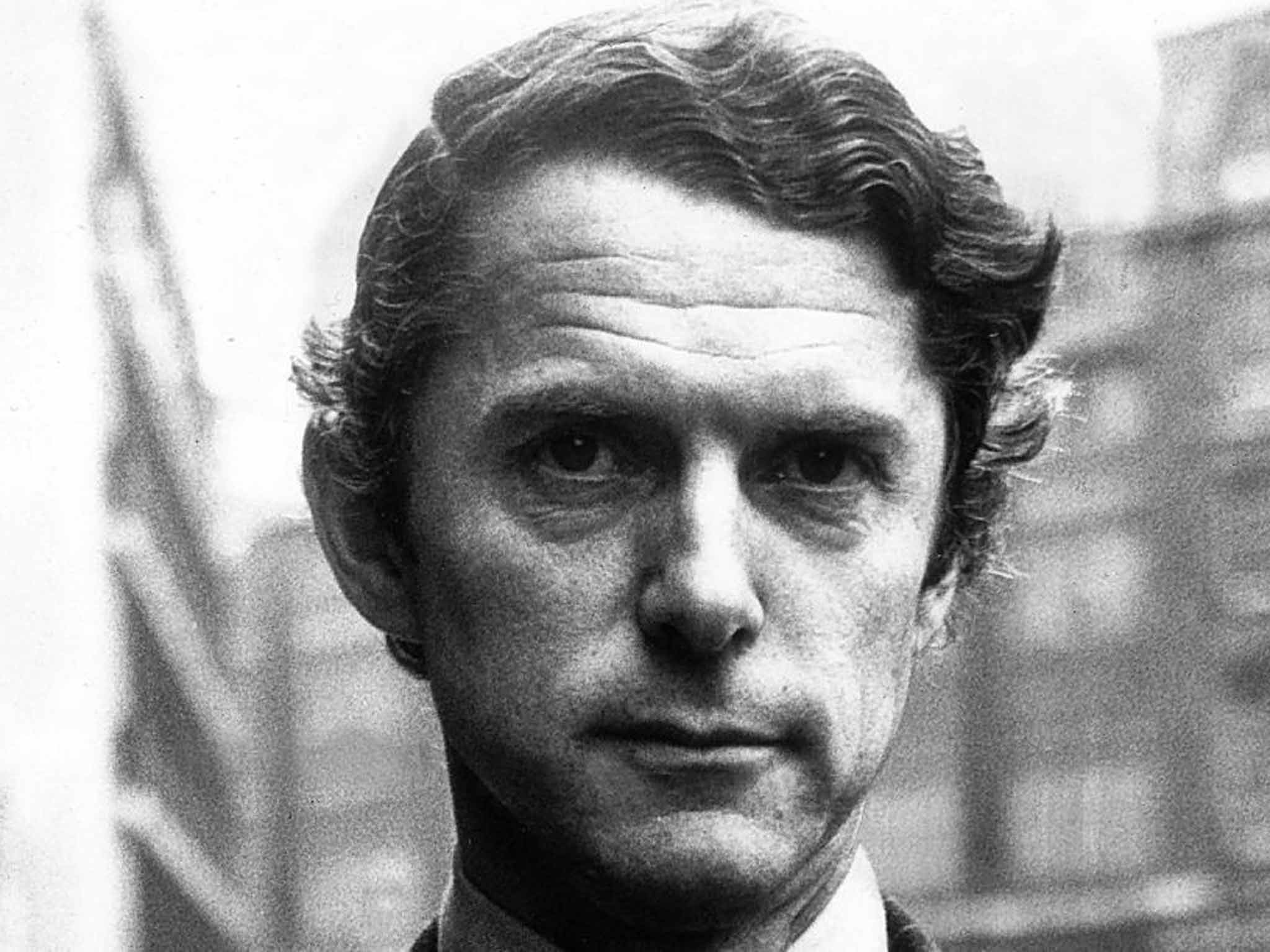Nigel Ryan: Editor of ITN who consolidated 'News at Ten', launched 'First Report' and put more female journalists on screen

A tall, raffish figure with a quirky sense of humour, Nigel Ryan presided over ITN as its editor when ITV's news producer was going from strength to strength and trailblazing a path the BBC struggled to match. The crowning glory of his time as editor (1968-77) was cited in the 1977 report by Lord Annan's Committee into the Future of Broadcasting, which declared: "We subscribe to the generally held view that ITN has the edge over BBC news."
Launched by the new commercial channel in 1955, ITN made personalities of its newscasters (the BBC had "newsreaders"), posed challenging questions to those in authority and reported from the world's trouble spots. Its third editor, Ryan was bequeathed News at Ten. Britain's first half-hour weekday news programme, with two presenters, begun a year earlier, gave in-depth treatment to stories and silenced those who dismissed ITV as simply an entertainment channel. By August 1969 all five editions were appearing in the ratings Top 20.
Ryan consolidated News at Ten, and was also the pioneer of another extended news programme, at lunchtime, when the government lifted the restriction on broadcasting hours. Launched as First Report in 1972, it ran for 20 minutes and was anchored by Robert Kee, who conducted lengthy interviews with the news-makers and observers. This solved the problem of filling a programme when news was still breaking and everything was shot on film, which took time to process. First Report, which extended the role of the newscaster, was Ryan's proudest achievement.
Another achievement, coinciding with the launch of that programme, which had an audience of mostly women and the unemployed, was his decision to put more female journalists on screen; Carol Barnes, Joan Thirkettle, Sarah Cullen and Sue Lloyd-Roberts became known as "Ryan's Daughters". He was less successful in persuading Anna Ford to join ITN as a newscaster in 1977, although she made the move from the BBC a year later when his successor, David Nicholas, offered her the additional role of medical correspondent.
Ryan took on the extra role of ITN chief executive in 1971, giving Nicholas more hands-on editorial control while he showed great skill in maintaining good relations with the ITV companies, as well as ITV's regulator, the ITA, and its successor, the IBA. His diplomatic talents resulted in ITN's budget increasing fivefold during his tenure while inflation rose only threefold. "It was the duty of ITN's editor to decide each month by how much he should exceed the budget," said Ryan, who strove to make his news organisation second to none.
In 1976, as part of this ambition, he brought back to ITN the calm manner and authority of its former senior newscaster and election-night presenter, Alastair Burnet, after four years away at the BBC and as editor of the Daily Express. In the same year he hired Jon Snow, now presenter of ITN's Channel 4 News.
Ryan was born in Surrey, the son of an Irish-born brigadier in the British Army, attended Ampleforth and gained an MA in modern languages from Queen's College, Oxford. He spent a short time in advertising before joining Reuters in 1954 and, three years later, as a fluent French and Spanish speaker, became a foreign correspondent for the agency, reporting from Rome, Algeria, the Congo and South Africa.
In the Congo he passed on some of his local knowledge to Panorama reporter Robin Day, one of ITN's original newscasters, who then introduced him to the news organisation's editor, Geoffrey Cox. Ryan joined ITN as a reporter in 1961 on news programmes, as well as the current affairs series Roving Report (until 1964) and ITN Reports (1964-65).
Although he left briefly in 1963 to work for the independent Television Reporters International, he returned and soon became a producer. As editor, another of his achievements was ITN's acclaimed coverage of the 1969 Apollo 11 Moon landing, fronted by Burnet.
Despite his diplomacy, Ryan lost a battle with the ITV companies to allow ITN to make current affairs programmes again and left for New York, as a vice-president of NBC News (1977-80). After three unsatisfying years he returned to become director of programmes at Thames Television (1980-82), the ITV London weekday franchise holder. He was a director (1985-92) and chairman (from 1989) of TV-am, ITV's first breakfast station, before he retired.
In 2000, a year after ITV axed News at Ten, Ryan was a signatory, along with Alastair Burnet and other former ITN editors Geoffrey Cox and David Nicholas, to a letter appealing to the ITC to bring it back. Although the programme was reinstated, the on-screen title has since been dropped, but it remains in a 10pm time slot and is announced as "the ITV News at Ten".
Ryan wrote A Hitch or Two in Afghanistan: A Journey Behind Russian Lines (1983), The Scholar and the Gypsy (1992, with James Howard-Johnston) and the novel Paramaribo! (2012). He also translated novels by Georges Simenon and French authors. He won the Royal Television Society's Silver Medal in 1970 and Bafta's Desmond Davis Award in 1972. He lived his final years in Versailles, where he died of a stroke.
Christopher Nigel John Ryan, journalist and television executive: born Deepcut, Surrey 12 December 1929; CBE 1977; married 1984 Susan Crewe (divorced), 2014 Hélène Celier; died Versailles 18 July 2014.
Subscribe to Independent Premium to bookmark this article
Want to bookmark your favourite articles and stories to read or reference later? Start your Independent Premium subscription today.

Join our commenting forum
Join thought-provoking conversations, follow other Independent readers and see their replies